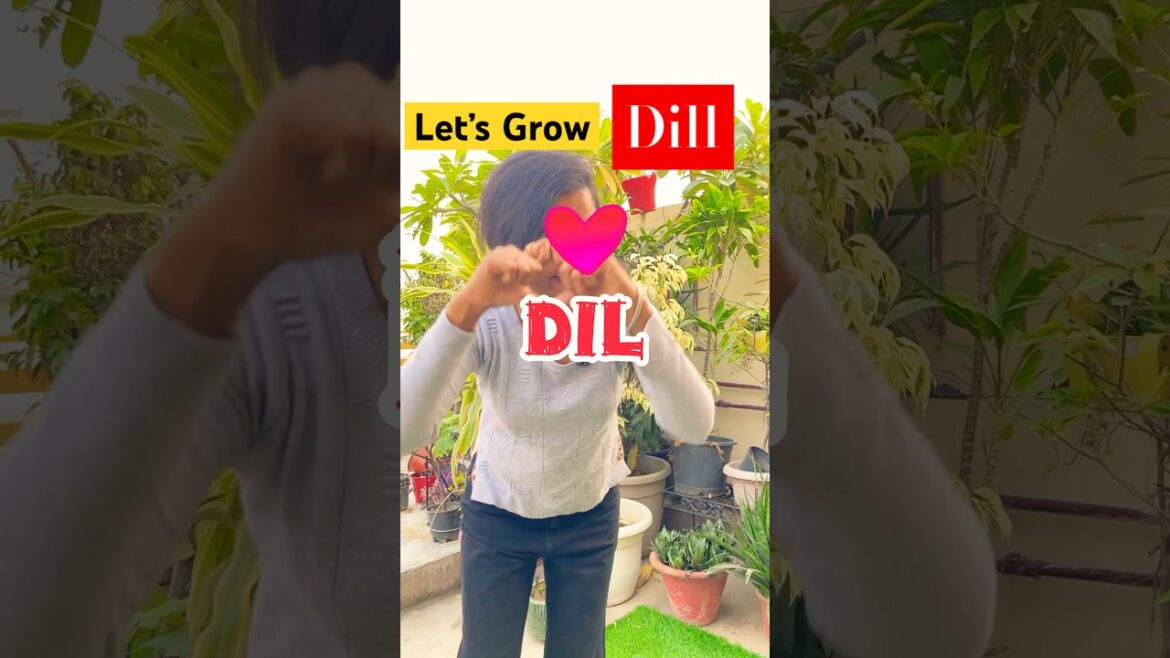🌿Dill (Anethum graveolens) is an aromatic herb commonly used in cooking and as a medicinal plant. It is easy to grow in containers and offers multiple health benefits.
🌿What is Dill?
❤️Dill is a herb with feathery green leaves, often used for its flavor and aroma in salads, soups, pickles, and stews. Its seeds are also used as a spice in various cuisines. Dill is rich in vitamins A and C, calcium, and iron.
🌿How to Grow Dill from Seeds in a Container:
💚Materials Needed:
💚Dill seeds
💚A medium to large container (at least 12 inches deep)
💚Well-draining potting mix
💚Organic compost or fertilizer
💚A sunny spot
👍🏻Steps to Grow Dill:
1. Choose the Right Container:
Use a container with drainage holes to prevent waterlogging.
2. Prepare the Soil:
Mix well-draining potting soil with compost in a 3:1 ratio.
3. Sow the Seeds:
Sprinkle the dill seeds thinly over the soil. Cover lightly with a thin layer of soil (about ¼ inch).
4. Water Gently:
Use a watering can to keep the soil moist but not waterlogged.
5. Place in a Sunny Spot:
Dill requires 6-8 hours of direct sunlight daily. A balcony or terrace is ideal.
6. Thin the Seedlings:
Once the seedlings are 2-3 inches tall, thin them to maintain a spacing of 6-12 inches.
7. Water Regularly:
Water when the top inch of soil feels dry. Avoid overwatering.
8. Fertilize Occasionally:
Use a balanced organic fertilizer every 3-4 weeks for healthy growth.
9. Prune and Harvest:
Harvest dill leaves when the plant is 6-8 inches tall.
For seeds, let the plant flower and produce seed heads. Harvest seeds once they turn brown and dry.
—
💚Tips for Growing Dill Successfully:
Avoid transplanting as dill has delicate roots.
Protect from strong winds as the plant can be top-heavy.
Companion plants like basil or cilantro can deter pests.
Adding dill to your diet not only enhances the flavor of your dishes but also promotes overall health. Growing it in a container ensures a fresh supply year-round!
.
@mygardeniamyplaceyoutube

